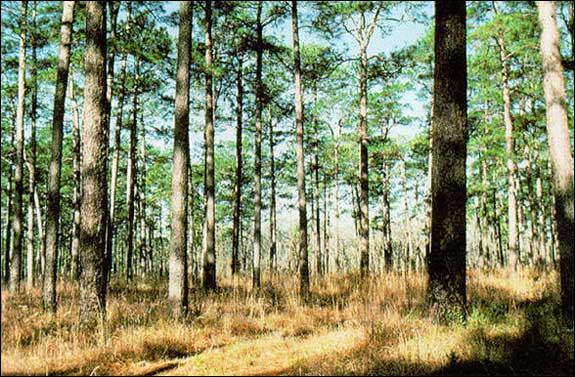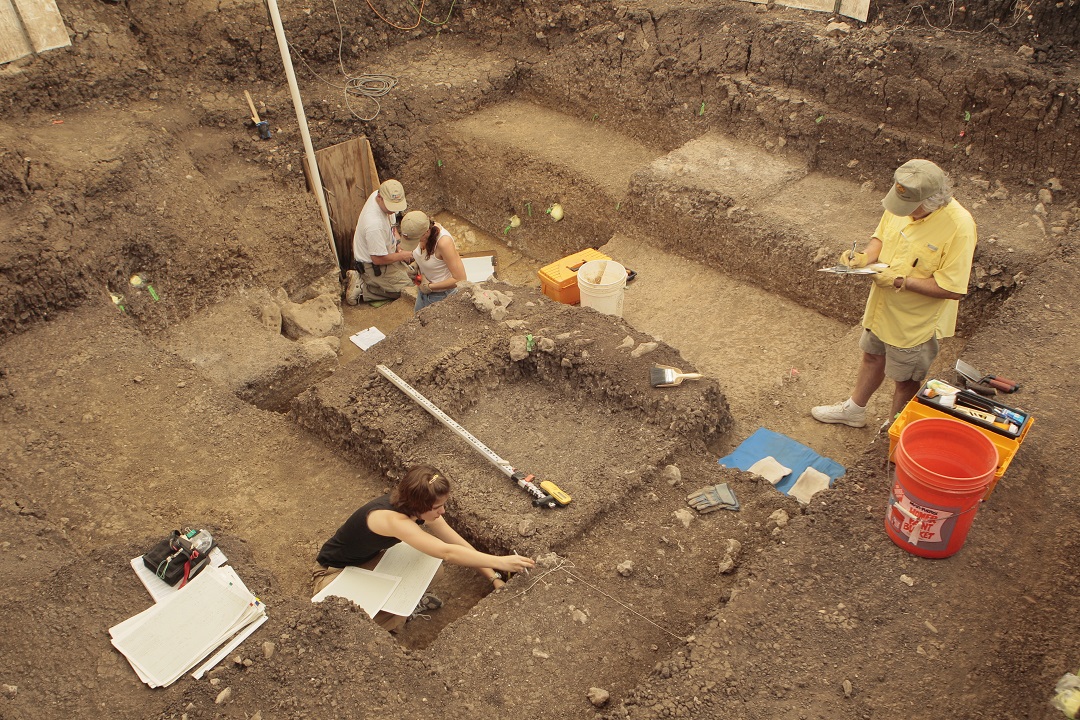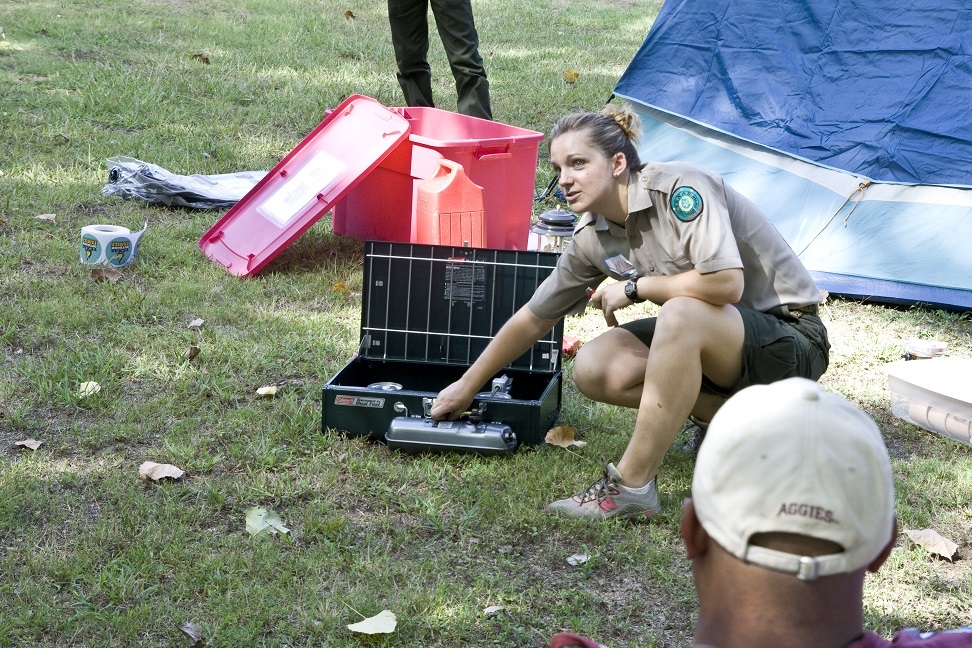Habitat: Restoring Longleaf Pines in East Texas
Tuesday, November 12th, 2013This is Passport to Texas
A reforestation project underway in East Texas will see the expansion of a stand of native longleaf pine trees at Village Creek State Park.
09— There’s no other state park that has longleaf pine in it. And only the Roy Larsen Sandy Lands Unit in the Big Thicket has a good stand of longleaf pine.
Davis Riskind is director of the natural resource program for state parks. He says the agency acquired property for the reforestation project from The Conservation Fund.
32—And our objective here on most of the state park land is to restore natural habitats. We had a special circumstance occur, in the process of acquiring the property from the conservation fund. There was an outstanding gas drilling right. So, we accommodated that; we worked with the gas company; we found a site that was suitable in the tract, out of the way for them to pursue their rights to explore for gas. The good news is they hit a huge gas well. The bad news was – the well blew out.
David Riskind says a huge fireball cooked a huge swath of land, taking some of the longleaf pine seedlings with it.
Tomorrow: How bad news turned into good news for the longleaf pine reforestation project.
For Texas Parks and Wildlife…I’m Cecilia Nasti.






 Passport to Texas is a
Passport to Texas is a  Passport to Texas is made available by:
Passport to Texas is made available by: